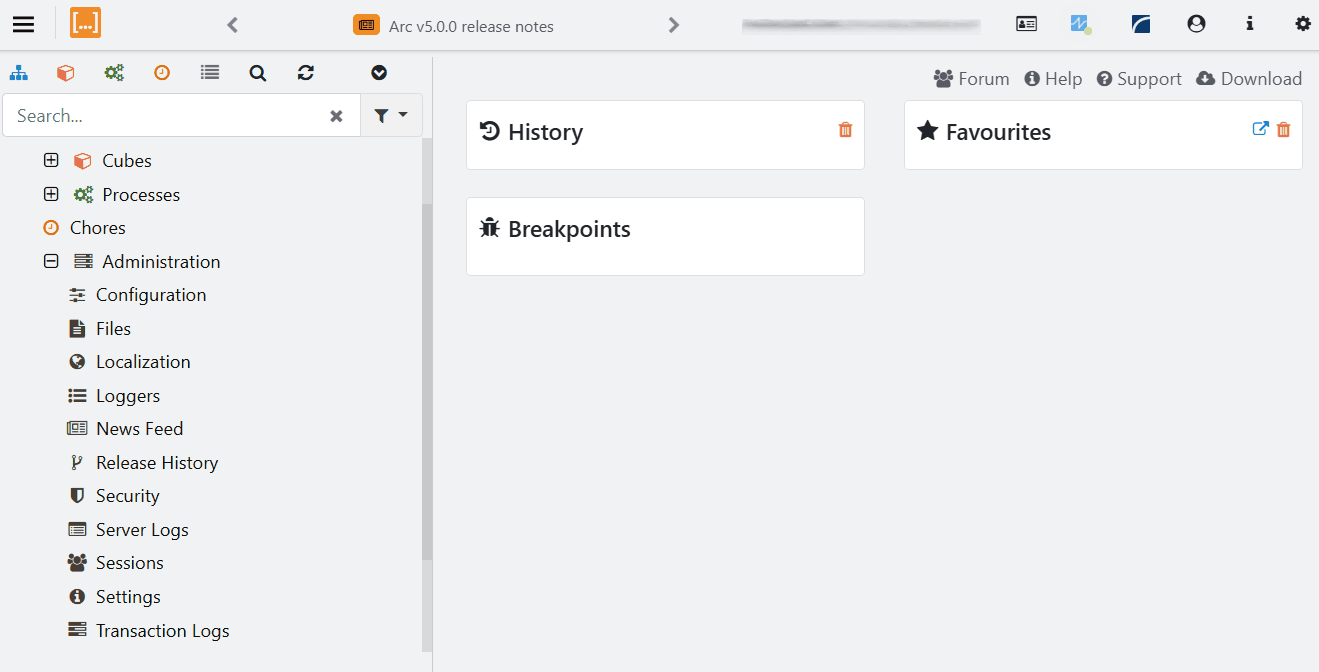Sep 4, 2025
Understanding the TM1 Transaction Log
When working with IBM Planning Analytics (TM1), one of the most valuable yet sometimes overlooked features is the transaction log. Whether you’re a developer or an administrator, knowing how the transaction log works can save you from headaches and even help you recover lost changes. Let’s take a closer look at what it is, why it matters, and how you can get the most out of it.
What is the TM1 Transaction Log?
The transaction log is essentially TM1’s black box recorder. Every time a change is made in a cube, whether through a user input, or a TurboIntegrator (TI) process, TM1 records the details in a plain text log file.
Each entry typically includes:
- Timestamp (when the change happened)
- User ID (who made the change)
- Cube name (where the change happened)
- Cell coordinates (which data point was affected)
- Old value and new value
In other words, it’s a full audit trail of changes made to your model. For more information about the data that is included in the file please see the IBM documentation.

Why is the Transaction Log Important?
- Auditability & Compliance
For organizations with strict compliance requirements, being able to show exactly who changed what and when is non-negotiable. The transaction log can provide that level of transparency. - Debugging & Troubleshooting
If unexpected numbers show up in your reports, the transaction log can help you trace back to the moment they were introduced. It’s like a detective’s notebook for TM1 admins. - Data Recovery
Ever overwritten a value by mistake? As long as the transaction log is enabled, you can use it to recover the old value.
How the Transaction Log Works
By default, TM1 writes transaction logs as .log files in the data or log directory of your model.
- Log files are plain text: You can just open them in a text editor, but for analysis, it’s better to use a dedicated tool such as Arc.
- They can grow quickly: Depending on activity, transaction logs can become quite large. It’s important to manage retention and archiving policies.
- They are optional: You can enable or disable logging per cube. For cubes that don’t require an audit trail (like staging cubes), you can turn logging off, and during period of manual user data entry you can turn it back on.

With great power comes great responsibility. Best Practices for Working with the Transaction Log.
- Enable logging for critical cubes: Prioritize cubes that hold business sensitive data and/or user entered values.
- Archive regularly: Ensure that you have an archiving policy in place.
- Leverage tools: Instead of manually sifting through logs, use Arc for easier analysis. Arc now includes a Transaction Log feature that allows you to browse and restore transaction logs.
⚠️ Use it with care ⚠️
The transaction log API can have significant impact on your TM1 instance
Final Thoughts
The TM1 transaction log might not be the flashiest feature, but it’s one of the most powerful when it comes to governance, troubleshooting, and peace of mind.
With Arc Transaction Logs feature you not only protect your data but also empower yourself (and your team) with the ability to easily trace, analyze, and recover changes at any point in time. Think of it as your insurance policy for TM1, something you hope you won’t need often, but when you do, you’ll be glad you are using Arc.